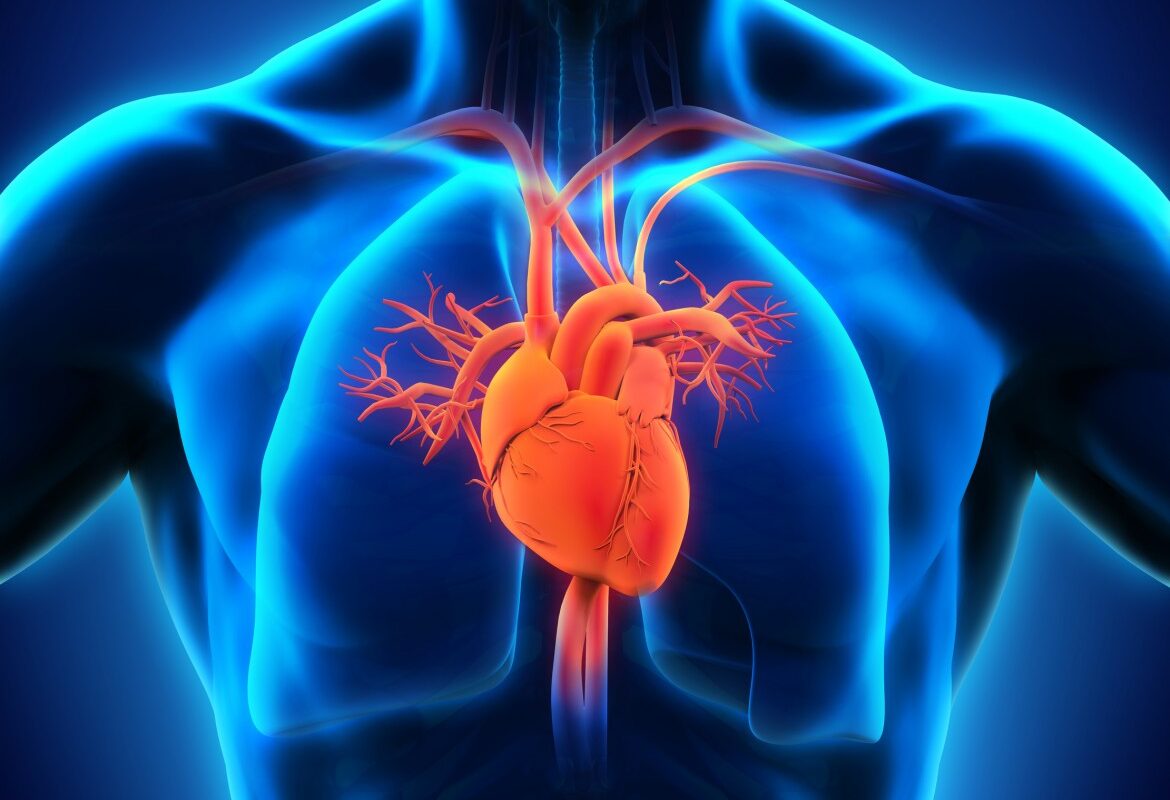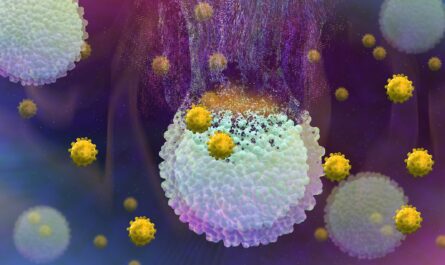Heart diseases continue to be a leading cause of mortality worldwide, with myocardial infarctions, or heart attacks, being a significant contributor to these statistics. The loss of cardiac muscle cells during a heart attack leaves the heart weakened, and while heart transplants remain the only viable option for heart failure patients, their high cost and limited availability necessitate the exploration of alternative therapies.
One promising approach is the use of human-induced pluripotent stem cells (HiPSCs) for regenerative heart therapy. By reprogramming mature cells into cardiac muscle cells (cardiomyocytes), researchers can transplant or inject these cells into damaged heart areas to restore functionality. However, studies have reported an increased risk of arrhythmias, making clinical trials a challenge.
To address this issue, a team of researchers from Shinshu University and Keio University School of Medicine in Japan tested a novel approach: injecting cardiac spheroids derived from HiPSCs directly into damaged ventricles. Their findings, published in the journal Circulation on April 26, 2024, revealed promising results.
The researchers cultivated HiPSCs in a medium that promoted their differentiation into cardiomyocytes. They then extracted and purified cardiac spheroids (three-dimensional clusters of cardiac cells) from the cultures and injected approximately 6 × 107 cells into the damaged hearts of crab-eating macaques (Macaca fascicularis).
The team monitored the animals for twelve weeks, taking regular measurements of cardiac function and analyzing their hearts at the tissue level to assess the regenerative potential of the cardiac spheroids. The results were astounding: the cells exhibited typical ventricular cell potential patterns, expressed adhesive proteins for vascular integration, and survived the four-hour journey from Keio University to Shinshu University without issue.
Moreover, the monkeys that received cardiac spheroid injections experienced fewer arrhythmias than those in the control group. Echocardiography and computed tomography exams confirmed that the treated hearts had better left ventricular ejection, indicating improved blood pumping capabilities. Histological analysis further revealed that the cardiac grafts were mature and properly connected to pre-existing tissue.
Assistant Professor Hideki Kobayashi, the first author of the study, expressed his optimism about the potential of HiPSC-derived cardiac spheroids as an optimal form of cardiomyocyte products for heart regeneration. The straightforward generation process and effectiveness of these spheroids make them a promising solution to the major issue of arrhythmias following cell transplantation.
The team is already planning a clinical trial, called the LAPiS trial, to further investigate the potential of this approach in humans. The favorable results obtained in primates provide a strong foundation for this next step in cardiac regenerative therapy.
*Note:
1. Source: Coherent Market Insights, Public sources, Desk research
2. We have leveraged AI tools to mine information and compile it



